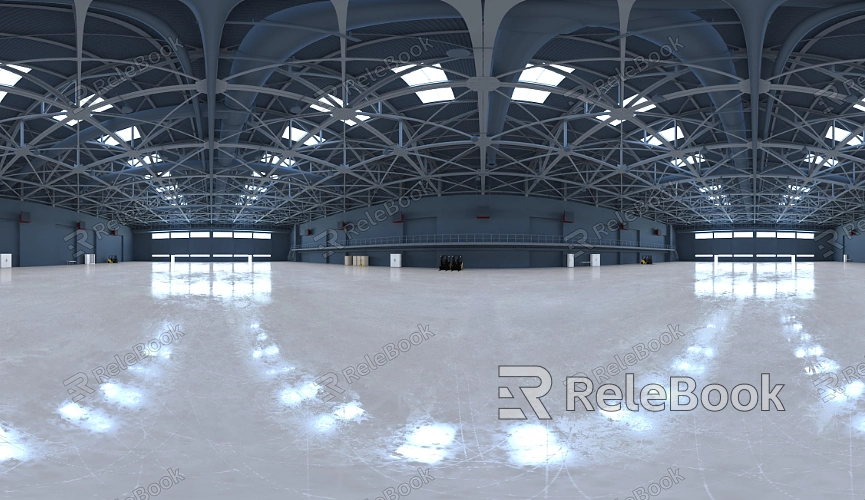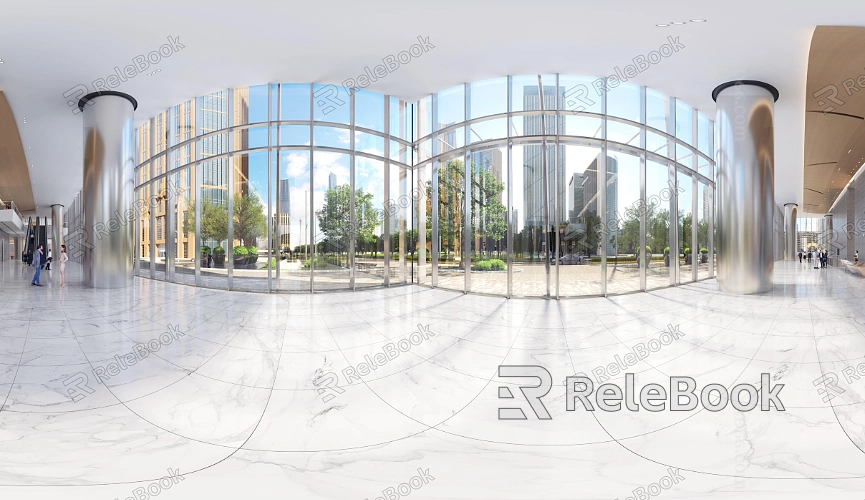What Are HDR Photos
In the fields of architectural visualization, game development, and film special effects, HDR photos play a crucial role in bringing virtual scenes to life with rich lighting details and realistic environmental effects. However, for many designers, the specific meaning of HDR photos and their practical application may not be entirely clear. This article will explore the concept of HDR photos, their usage scenarios, and how they can be effectively utilized in 3D software such as Blender, 3ds Max, and Cinema 4D.

1. Understanding HDR Photos
The Concept of HDR: HDR, or High Dynamic Range, refers to a technique used to extend the brightness and color range of an image, allowing it to retain details in both the brightest and darkest areas of a scene. Traditional images often capture only a limited range of brightness, which can result in overexposed highlights and lost details in shadows. HDR photos solve this issue by combining multiple exposures of the same scene into a single image that displays a broader range of luminance.
How HDR Photos Are Created: Typically, HDR photos are formed by merging several images of the same scene, each taken with different exposure settings. These images capture details ranging from the darkest shadows to the brightest highlights. By combining these images into one HDR photo, designers can achieve a richer and more accurate representation of colors and lighting.
2. Common Applications of HDR Photos
Architectural Visualization: In architectural visualization, HDR photos are widely used to simulate realistic lighting effects, particularly in interior design and exterior showcases. HDR photos can accurately replicate the effects of natural or artificial light, making rendered images look more true to life.
Game Development: In game development, HDR photos help create complex environmental lighting effects that add realism and immersion to game scenes. Whether it’s the bright daylight of a sunlit environment or the moody atmosphere of a moonlit night, HDR photos bring scenes to life with detailed lighting effects that enhance the player’s experience.
Film Special Effects: In the realm of film special effects, HDR photos are used to simulate intricate lighting conditions such as direct sunlight, reflected light, and other natural or artificial light sources. This technique helps special effects artists create more realistic scenes, resulting in visually stunning movies.
3. Using HDR Photos in 3D Software
Blender: As an open-source 3D modeling software, Blender supports the import and use of HDR photos. Designers can use HDR images in Blender to create realistic environmental lighting or as sky backgrounds, enhancing the visual quality of their scenes.
3ds Max: Widely used in architectural and animation production, 3ds Max allows designers to import HDR photos into their scenes to achieve more natural lighting effects. This helps reduce harsh transitions in lighting during rendering, resulting in smoother and more realistic images.
Cinema 4D: Cinema 4D also supports the use of HDR photos. With its powerful rendering engine, HDR photos can be applied to scene lighting and background environments. This enables designers to more accurately control brightness and contrast, achieving high-quality rendering results.

4. Advantages of HDR Photos
Enhanced Lighting Effects: HDR photos significantly improve the lighting effects in a scene by offering a broader range of brightness, which results in smoother transitions between light and shadow. Designers can avoid the harsh cuts commonly seen in traditional lighting, adding depth and realism to their renders.
Detail Preservation: HDR photos retain more detail, especially in the brightest and darkest areas of an image. This means that renders can showcase a rich array of details under various lighting conditions, ultimately enhancing the overall quality of the work.
Accurate Color Representation: Since HDR photos capture a wider range of brightness and color, designers can more accurately recreate real-world lighting and color in their renders, making the final images more lifelike and vibrant.
5. Tips for Optimizing HDR Photos
Selecting the Right HDR Photo: Choosing the right HDR photo based on the specific needs of a project is crucial. For instance, a night scene might require an HDR photo with low lighting, while a daytime scene would benefit from a high-brightness HDR image. Designers need to select HDR resources that match the characteristics of the scene to ensure the best possible rendering outcome.
Adjusting HDR Parameters: In various 3D software, designers can tweak parameters such as exposure, contrast, and color mapping of HDR photos to better suit the lighting needs of a scene. Proper parameter adjustments can significantly improve the overall quality of the render.
By gaining a deeper understanding of HDR photos and applying them effectively, 3D designers can greatly enhance the lighting quality and realism of their rendering projects. If you're in search of high-quality HDR photo resources, 3D models, or other design materials, consider exploring Relebook. Relebook offers a wide range of design resources to help you tackle various design challenges and elevate the impact of your projects.

